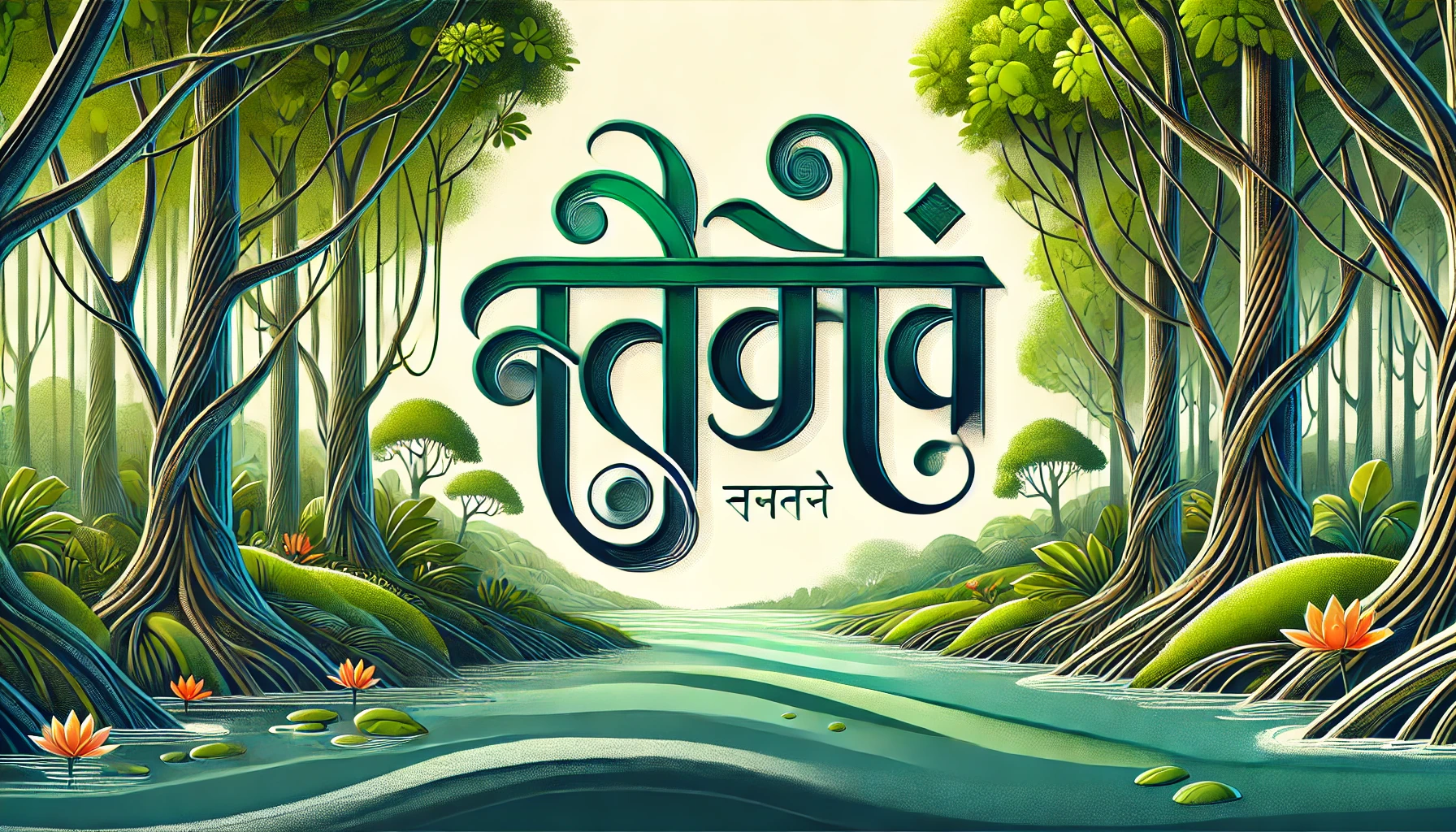The Sundarbans is a name that resonates with natural beauty, biodiversity, and cultural significance. Rooted in the Bengali language, the name সুন্দরবন (Sundarban) beautifully encapsulates the essence of the region. For Hindi speakers and language enthusiasts, understanding how to translate সুন্দরবন in Hindi opens up a deeper appreciation of its meaning and heritage. This article delves into the nuances of translating this iconic term, while exploring the historical, ecological, and cultural layers behind it.
What Does সুন্দরবন Mean in Bengali?
The term সুন্দরবন is a combination of two Bengali words:
- সুন্দর (Sundar): Meaning “beautiful.”
- বন (Ban): Meaning “forest.”
Together, the name translates to “Beautiful Forest” in English. This poetic title aptly describes the vast mangrove forest that stretches across parts of Bangladesh and India. The Sundarbans is a UNESCO World Heritage Site, famous for its dense vegetation, winding waterways, and the majestic Royal Bengal tiger.
How to Translate সুন্দরবন in Hindi
In Hindi, সুন্দরবন translates to: सुंदरवन (Sundarvan).
Here’s how the components of the word align between the two languages:
- সুন্দর (Sundar) in Bengali corresponds to सुंदर (Sundar) in Hindi, meaning “beautiful.”
- বন (Ban) in Bengali becomes वन (Van) in Hindi, meaning “forest.”
Thus, সুন্দরবন → सुंदरवन, retaining its original meaning of “Beautiful Forest.”
Significance of Translating সুন্দরবন to Hindi
Translating beautiful names like সুন্দরবন bridges linguistic gaps and fosters cultural exchange. For Hindi speakers, learning the translation enhances their connection to the Sundarbans, while also highlighting the shared roots of Bengali and Hindi languages, which both draw heavily from Sanskrit.
Historical and Cultural Background of সুন্দরবন (Sundarbans)
The Sundarbans holds a rich history that goes beyond its name. Its name reflects not just its natural beauty but also its cultural significance.
- Etymological Origins:
While the name directly translates to “Beautiful Forest,” some scholars believe it may have originated from Sundari trees, a prominent mangrove species found in the region. - Spiritual and Mythological Ties:
The Sundarbans is steeped in folklore, with local deities like Bonbibi revered as protectors of the forest and its people. - Human Connection:
The forest is home to millions who depend on its resources for their livelihood, making it a vital ecological and cultural landmark.
Ecological Marvel of the Sundarbans
The Sundarbans is the world’s largest mangrove forest, spread across 10,000 square kilometers. It is shared between India and Bangladesh, with the majority located in Bangladesh. Its biodiversity includes:
- Royal Bengal Tiger: The region is home to the endangered Bengal tiger, known for its unique swimming abilities.
- Rare Species: From Irrawaddy dolphins to saltwater crocodiles, the Sundarbans teems with life.
- Mangrove Ecosystem: The Sundari trees, which may have inspired the forest’s name, are vital to the region’s ecosystem.
This ecological wonder plays a crucial role in protecting coastal areas from cyclones and maintaining ecological balance.
Linguistic Connection Between Bengali and Hindi
Bengali and Hindi belong to the Indo-Aryan language family, sharing numerous similarities. The translation of সুন্দরবন (Sundarban) to सुंदरवन (Sundarvan) exemplifies this connection:
- Common Sanskrit Roots:
Both languages draw heavily from Sanskrit, leading to overlapping vocabulary. - Similar Phonetics:
Words like সুন্দর (Sundar) and सुंदर (Sundar) sound identical, demonstrating linguistic harmony. - Ease of Learning:
For Hindi speakers, learning Bengali (and vice versa) is relatively easy due to these shared features.
Steps to Translate Bengali Words to Hindi
Translating Bengali words like সুন্দরবন into Hindi can be simple with the right approach:
- Understand the Word Components:
Break down Bengali words into root components (e.g., সুন্দর = beautiful, বন = forest). - Find Equivalent Hindi Words:
Use a Bengali-to-Hindi dictionary or translation tool to find matching terms. - Leverage Common Linguistic Roots:
Many Bengali and Hindi words share Sanskrit origins, making translations more intuitive. - Consult Native Speakers:
For nuanced and culturally accurate translations, consult people fluent in both languages.
The Beauty of সুন্দরবন (Sundarbans) in Every Language
No matter the language, the Sundarbans is universally recognized as a symbol of beauty and biodiversity. Its name is celebrated worldwide, resonating with its natural charm and ecological significance.
Why Translate সুন্দরবন?
Translating সুন্দরবন helps expand awareness of the Sundarbans’ significance. Here’s why it matters:
- Cultural Exchange: Promotes understanding between Bengali and Hindi speakers.
- Educational Value: Helps students and language enthusiasts appreciate linguistic connections.
- Global Recognition: Boosts the region’s visibility in global conversations.
FAQs
What does সুন্দরবন mean?
সুন্দরবন means “Beautiful Forest” in Bengali, derived from সুন্দর (beautiful) and বন (forest).
What is the Hindi translation of সুন্দরবন?
The Hindi translation is सुंदरवन (Sundarvan), which also means “Beautiful Forest.”
Why is the Sundarbans significant?
The Sundarbans is the world’s largest mangrove forest, home to diverse wildlife and vital for coastal protection.
What is the origin of the name সুন্দরবন?
The name may derive from the Bengali word for “beautiful forest” or the Sundari trees prevalent in the region.
Are Bengali and Hindi similar?
Yes, both languages share common roots in Sanskrit, making many words like সুন্দর and सुंदर almost identical.
How can I translate Bengali words into Hindi?
You can use tools like Google Translate, consult dictionaries, or seek help from native speakers.
Conclusion
The translation of সুন্দরবন to सुंदरवन is more than just a linguistic exercise—it’s a celebration of shared cultural and natural heritage. The Sundarbans, with its breathtaking beauty and ecological significance, transcends borders and language, reminding us of nature’s universal appeal. By understanding its name in multiple languages, we deepen our appreciation for this global treasure and strengthen the bond between Bengali and Hindi-speaking communities.








